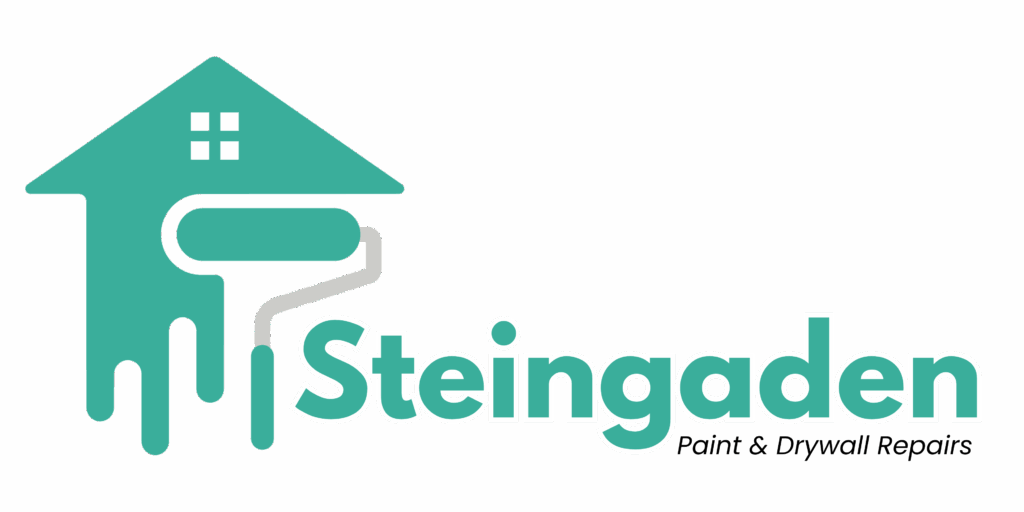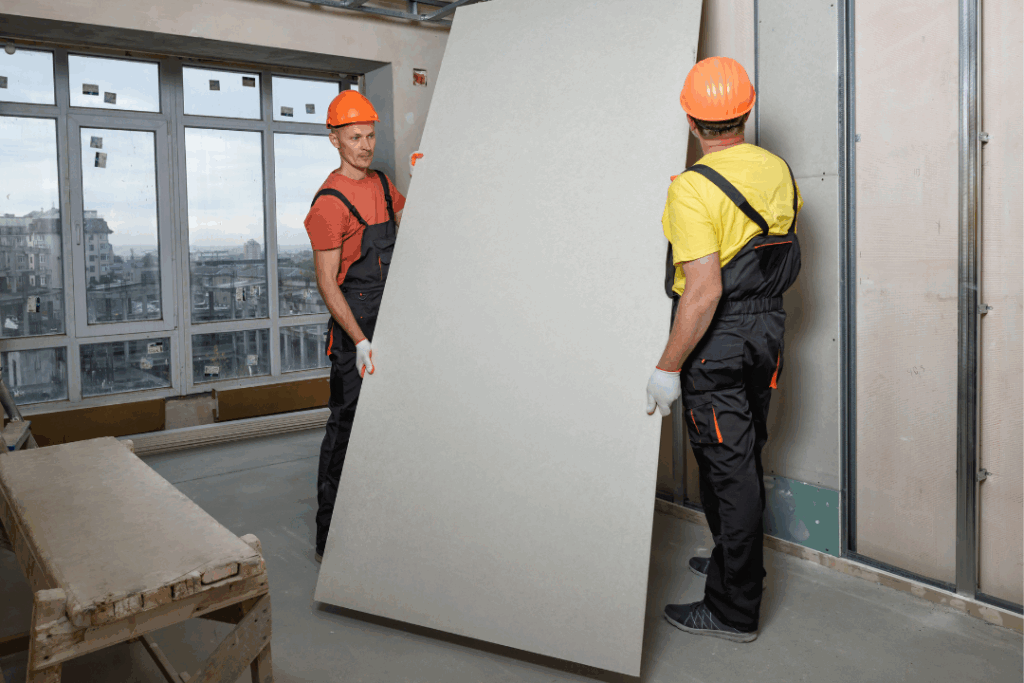Drywall is a foundational component in nearly every home. It’s clean, smooth, and perfect for painting or hanging artwork. But when it’s damaged, it can instantly affect the aesthetics and structural feel of your space. Understanding what causes drywall damage—and how to prevent it—can save homeowners hundreds or even thousands of dollars over time.
In this blog, we’ll cover the most common causes of drywall damage and offer practical tips to keep your walls looking their best for years to come.
- Moisture and Water Damage
What it looks like: Discoloration, warping, sagging, or mold spots.
Common causes: Leaky pipes, roof leaks, poor bathroom ventilation, or flooding.
Prevention tips:
- Fix plumbing leaks promptly.
- Use proper ventilation in bathrooms and kitchens.
- Inspect your roof regularly, especially after storms.
Pro tip: If your drywall has come into contact with water, it’s important to address the root cause immediately and replace any affected drywall to prevent mold growth.
2. Cracks from Settling or Structural Issues
What it looks like: Hairline cracks, diagonal lines near windows or doors, or wider separations in corners.
Common causes: Normal home settling, foundation movement, or framing problems.
Prevention tips:
- Regularly inspect your home for signs of settling.
- Hire a professional to evaluate larger or spreading cracks.
- Use flexible joint compounds for small cracks to prevent re-opening.
Pro tip: Don’t ignore hairline cracks. They may be minor now but could indicate a larger underlying issue.
3. Impact Damage
What it looks like: Dents, holes, or punctures—often from doors, furniture, or kids at play.
Common causes: Accidental bumps, door handles hitting the wall, moving furniture, or roughhousing.
Prevention tips:
- Install door stoppers.
- Be mindful when moving large items.
- Use corner guards in high-traffic areas.
Pro tip: For small holes (like those from nails), a quick DIY patch may work. For anything larger, call in the pros to ensure seamless repairs.
4. Poor Installation or Repairs
What it looks like: Uneven seams, bubbling tape, or visible joints.
Common causes: Rushed drywall work, improper taping, or low-quality materials.
Prevention tips:
- Hire experienced drywall installers.
- Don’t skimp on materials.
- Always prime and sand for a smooth finish.
Pro tip: A well-installed drywall surface is essential if you want paint to look professional. Don’t cut corners during installation or repairs.
5. Termite or Pest Damage
What it looks like: Hollow sounds when tapped, pinholes, or crumbling paper.
Common causes: Termites, rodents, or other pests nesting in or chewing through drywall.
Prevention tips:
- Schedule annual pest inspections.
- Seal entry points around windows, doors, and foundations.
- Keep moisture-prone areas dry to discourage pests.
Pro tip: If you suspect pest-related drywall damage, bring in a pest control expert before repairing the wall.
Final Thoughts
Drywall damage doesn’t just affect how your home looks—it can point to larger issues with moisture, structure, or maintenance. By staying proactive and knowing what signs to watch for, you can prevent small problems from becoming expensive repairs.
If your drywall needs attention, our team is here to help with expert diagnosis and high-quality repair services.

